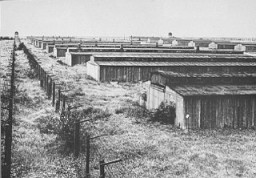You searched for: ������������������������������������������������aptao168���grow
<< Previous | Displaying results 1-25 of 79 for "������������������������������������������������aptao168���grow" | Next >>
-
Science as Salvation: Weimar Eugenics, 1919–1933
ArticleDuring the Weimar Republic (1919-1933), eugenics gained popularity in Germany. Learn more about the pseudoscience of “racial hygiene.”
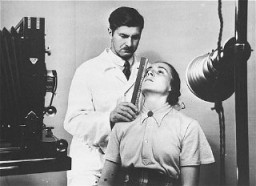
-
The Nazi Olympics Berlin 1936: African American Voices and "Jim Crow" America
ArticleAfrican American athletes, facing racism at home, also debated whether to join or boycott the 1936 Olympic games in Germany, then under a racist dictatorship. Learn more.
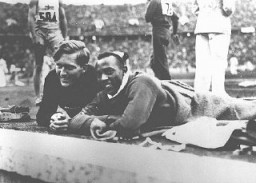
-
Zeilsheim Displaced Persons Camp
ArticleAfter WWII, many Holocaust survivors, unable to return to their homes, lived in displaced persons camps in Germany, Austria, and Italy. Read about Zeilsheim DP camp.
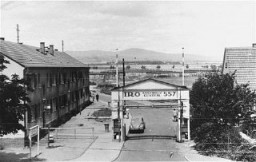
-
Comb made by Yona Wygocka Dickmann
ArtifactYona Wygocka Dickmann fashioned this aluminum comb from airplane parts after the SS transferred her from Auschwitz to forced labor in an airplane factory in Freiburg, Germany, in November 1944. She used the comb as her hair, shaven in Auschwitz, began to grow back.
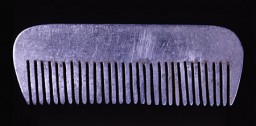
-
Theresienstadt
FilmIn response to growing international awareness of Nazi atrocities, the Nazis decided to allow a Red Cross investigation committee to visit the Theresienstadt ghetto in Czechoslovakia. Elaborate measures were taken to disguise conditions in the ghetto and to portray an atmosphere of normalcy. This footage, showing an orchestral performance, is part of a German propaganda film made following the Red Cross visit to Theresienstadt.
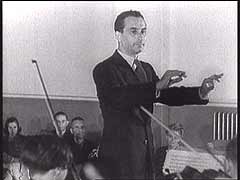
-
Hitler rehearsing his speech making
PhotoHitler carefully cultivated his image as the Nazi Party leader as he came to see the propagandistic value of photographic publicity. Heinrich Hoffmann, Hitler’s official photographer, created the images central to the growing "Führer cult." In 1927, Hoffmann snapped action shots such as this one of Hitler rehearsing his oratory.

-
Max Brod
ArticleMax Brod was a Jewish author most widely known as the biographer and editor of Franz Kafka. His works were burned in the Nazi book burnings of 1933. Learn more.
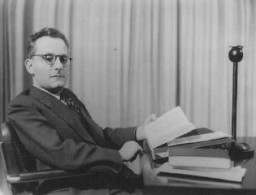
-
Evian Conference
Timeline EventJuly 6-15, 1938. On this date, delegates from 32 countries attended the Evian Conference in France to discuss the growing refugee crisis.
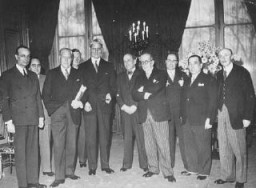
-
Natzweiler-Struthof
ArticleThe Nazis opened the Natzweiler-Struthof concentration camp in 1941. Learn more about the camp, its prisoners, and forced labor and medical experiments.
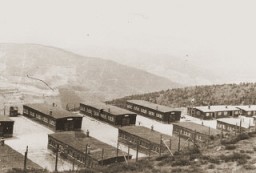
-
Silvio Ortona
ArticleRead the Jewish Partisan Educational Foundation's short biography of Silvio Ortona.

-
Meir Porges
ArticleRead the Jewish Partisan Educational Foundation's short biography of Meir Porges.
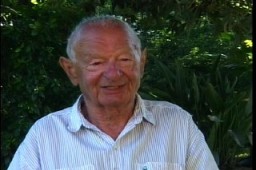
-
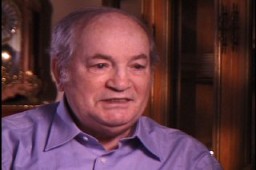
-
Slide about Lebensraum from a Hitler Youth educational presentation
Photo25th Nazi propaganda slide for a Hitler Youth educational presentation in the mid-1930s. The presentation was entitled "5000 years of German Culture." This slide references Lebensraum (the need for living space) in German history: "Wachsende Volkszahl im fargen Nordland zwang neuen Lebensraum zu suchen. Das innerlich morsche Römerreich bricht im Ansturm der Germanen zusammen." Translated as: "Growing numbers of people in Nordland were forced to look for a new habitat. The inwardly…

-
The Nazi Camp System: Terminology
ArticleWhat is the difference between a “concentration camp” and a “killing center”? Learn about the history of these terms and what they meant in the context of Nazi oppression and murder.
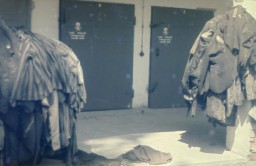
-
The Olympic stadium in Berlin
PhotoView of the Olympic Stadium, centerpiece of Berlin's Reich Sports Field. Berlin, Germany, 1936. The Nazis made elaborate preparations for the August 1–16 Summer Olympic Games. A huge sports complex was constructed, including the new stadium and state-of-the art Olympic village for housing the athletes. Olympic flags and swastikas bedecked the monuments and houses of a festive, crowded Berlin. Most tourists were unaware that the Nazi regime had temporarily removed anti-Jewish signs, nor would…
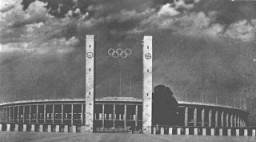
-
Concentration Camps, 1942–45
ArticleLearn about the Nazi concentration camp system between 1942 and 1945. Read about forced labor, evacuations, medical experiments, and liberation during this period.
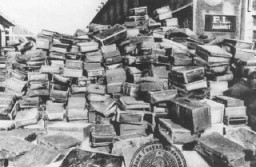
-
The Sicherheitsdienst (SD)
ArticleThe Sicherheitsdienst (Security Service, SD) was a Nazi intelligence agency. Ideologically radical and part of the SS, it was a key perpetrator of the Holocaust.
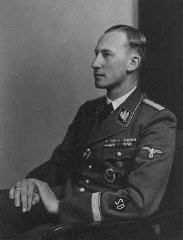
-
Concentration Camps, 1933–39
ArticleLearn about early concentration camps the Nazi regime established in Germany, and the expansion of the camp system during the Holocaust and World War II.

-
Bernhard Liebster
ID CardBernhard, who was from a religious Jewish family in the Polish town of Oswiecim, emigrated as a young man to Frankfurt, Germany. There he married Bertha Oppenheimer from the nearby town of Reichenbach. They settled in Reichenbach where they were one of 13 Jewish families. Bernhard worked as a shoemaker, and the couple raised three children. 1933-39: In a corner of his living room, Bernhard ran a small shop specializing in orthopedic shoes. Antisemitism was growing in Germany, but the townspeople of…
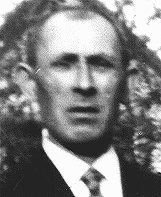
-
Bertha Wolffberg Gottschalk
ID CardBertha was born to Jewish parents in the capital of East Prussia. Her father served on the Koenigsberg city council. In 1887 Bertha married Hugo Gottschalk, and the couple settled in the small town of Schlawe in northern Germany. There, Hugo owned the town's grain mill. The Gottschalks raised their four children in a home near a small stream, ringed by orchards and a large garden. 1933-39: Bertha and her daughter Nanny have moved to Berlin--Hugo passed away in 1934 and they were afraid of the growing…
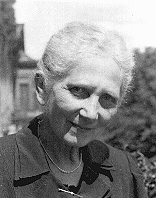
-
Bertha Adler
ID CardBertha was the second of three daughters born to Yiddish-speaking Jewish parents in a village in Czechoslovakia's easternmost province. Soon after Bertha was born, her parents moved the family to Liege, an industrial, largely Catholic city in Belgium that had many immigrants from eastern Europe. 1933-39: Bertha's parents sent her to a local elementary school, where most of her friends were Catholic. At school, Bertha spoke French. At home, she spoke Yiddish. Sometimes her parents spoke Hungarian to each…
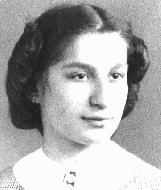
-
Wolf Wajsbrot
ID CardWhen Wolf was a young boy, his family moved to France to escape Poland's economic instability and growing antisemitism. Soon after they settled in Paris, his father found work in construction, and Wolf started elementary school. 1933-39: Paris was home to Wolf, but he loved to listen to his parents reminisce about autumns in Krasnik and journeys to Lublin. Hitler invaded Poland in 1939. The Wajsbrots learned of the death camps and mass deportations of Jews. Wolf's parents no longer spoke of the past. Wolf…
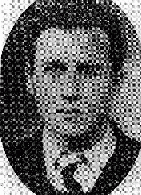
-
Dawid Sierakowiak
ArticleYoung people's diaries capture some of the most heartbreaking experiences of the Holocaust. Learn about the diary and experiences of David Sierakowiak.
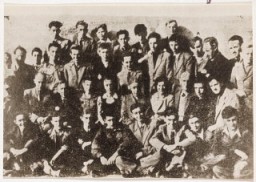
-
About Life after the Holocaust
ArticleAfter WWII and the fall of the Nazi regime, Holocaust survivors faced the daunting task of rebuilding their lives. Listen to six survivors tell their stories.
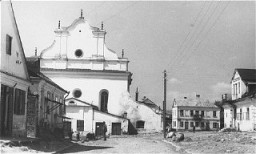
-
Lublin/Majdanek Concentration Camp: Administration
ArticleIn 1940, the Nazis established Lublin (Majdanek) concentration camp in Lublin, Poland. Learn more about camp administration.
